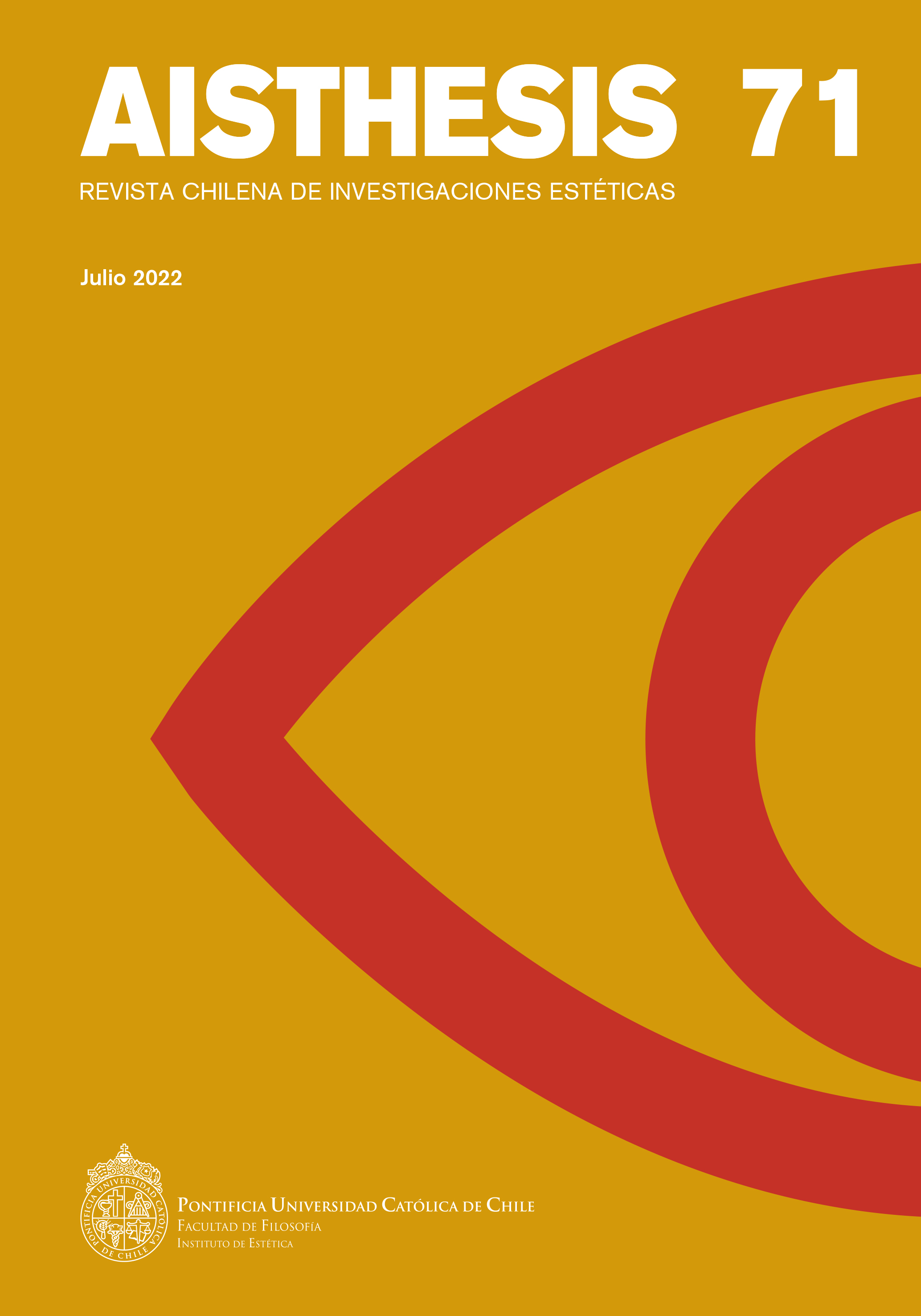Theory and Practice of the Comic Strip during the Chilean Popular Unity
Main Article Content
Abstract
This article interprets theory, practice and evaluation of the comic strip during the Chilean Popular Unity from contextual and social, intermediate and cultural aspects. The theory is exposed from the popular essay How to Read Donald Duck (1972) by Ariel Dorfman and Armand Mattelart and its critique of the capitalist comic strip as an ideological product. As a contrast, the changes made in Quimantú’s comics and the evaluation of them will be studied. In these comics, different articulations are produced between visual narrative, politics and readers’ reception, while political and cultural theories of communication are put to the test.
Article Details

This work is licensed under a Creative Commons Attribution-NonCommercial-ShareAlike 4.0 International License.
All contents of this electronic edition are distributed under the Creative Commons license of "Attribución-shareAlike 4.0 Internacional" (CC-BY-SA). Any total or partial reproduction of the material must mention its origin.
The rights of academic works published in this publication belong to their authors., who grant to AISTHESIS: Revista Chilena de Investigaciones Estéticas the license for its use. The management of the permits and the authorization of the publication of the images (or of any material) that contains copyright and its consequent rights of reproduction in this publication is the sole responsibility of the authors of the articles
References
Anwandter Donoso, Christian. “La literatura en Quimantú: una revolución incómo-d a ”. Estudios filológicos, nº 66, 2020, pp. 7-24. Doi: http://dx.doi.org/10.4067/S0071-17132020000200007
Ayala Munita, Matías. “Children and Print Visual Culture During the Chilean Popular Unity Government”. Journal of Latin American Cultural Studies, vol. 29, nº 1, 2020, pp. 35-61.
Bolter, Jay David y Richard Grusin. Remediation. Understanding New Media. Cambridge, MIT Press, 2000.
Canto Novoa, Nadinne. “El lugar de la cultura en la vía chilena al socialismo. Notas sobre el proyecto estético de la Unidad Popular”. Revista Pléyade, nº 9, enero-junio 2012, pp. 153-178.
De los Ríos, Valeria. Espectros de luz. Tecnologías visuales en la literatura latinoame-ricana. Santiago, Cuarto Propio, 2011. Dorfman, Ariel. Ensayos quemados en Chile. Buenos Aires, Ediciones Godot, [1974] 2016.
Dorfman, Ariel y Armand Mattelart. Para leer al Pato Donald. Comunicación de masa y colonialismo. Buenos Aires, Siglo XXI, 1972.
Dorfman, Ariel y Manuel Jofré. Superman y sus amigos del alma. Buenos Aires, Ga-lerna, 1974.
Facuse, Marisol. “Arte, cultura y política en la experiencia editorial de Quimantú”. Quimantú: prácticas, política y memoria. Santiago, Grafito Ediciones, 2018, pp. 89-119
Kittler, Friedrich. Discourse Networks, 1800/1900. Stanford, Stanford University Press, 1990.
Mattelart, Armand. “Lucha de clases, cultura socialista y medios de comunicación masivos”. Cuadernos de la Realidad Nacional, nº 8, junio 1971, pp. 173-222.
——. “¿Hacia una cultura de la movilización cotidiana?”. Cuadernos de la Realidad Nacional, nº 10, diciembre 1971, pp. 49-96.
Mattelart, Armand y Michèle Mattelart. “Ruptura y continuidad en la comunicación: puntos para una polémica”. Cuadernos de la Realidad Nacional, nº 12, abril 1972, pp. 100-143.
McClennen, Sophia. Ariel Dorfman. An Aesthetics of Hope. Durham y Londres, Duke University Press, 2010.
Nómez, Naim. “La historieta en el proceso de cambio social”. Comunicación y cultura, nº 2, 1974, pp. 109-124.
Rivera Aravena, Carla. “Diálogos y reflexiones sobre las comunicaciones en la Unidad Popular. Chile, 1970-1973”. Historia y Comunicación Social, vol. 20, nº 2, 2015, pp. 345-367.
Rojas Flores, Jorge. Las historietas en Chile 1962-1982. Santiago, Lom, 2016.
Sánchez, Cecilia. “Filosofía universitaria y política. Chile en el período 1950-73”. Revista Universum, nº 12, 1997. http://universum.utalca.cl/contenido/index-97/sanchez.html Consultado 13 diciembre 2018.
Subercaseaux, Bernardo. La industria editorial y el libro en Chile (1930 - 1984). Santiago, Ceneca, 1984.
Yúdice, George. El recurso de la cultura. Barcelona, Gedisa, 2002.
Zarowsky, Mariano. Del laboratorio chileno a la comunicación-mundo: un itinerario intelectual de Armand Mattelart. Buenos Aires, Biblos, 2013.
